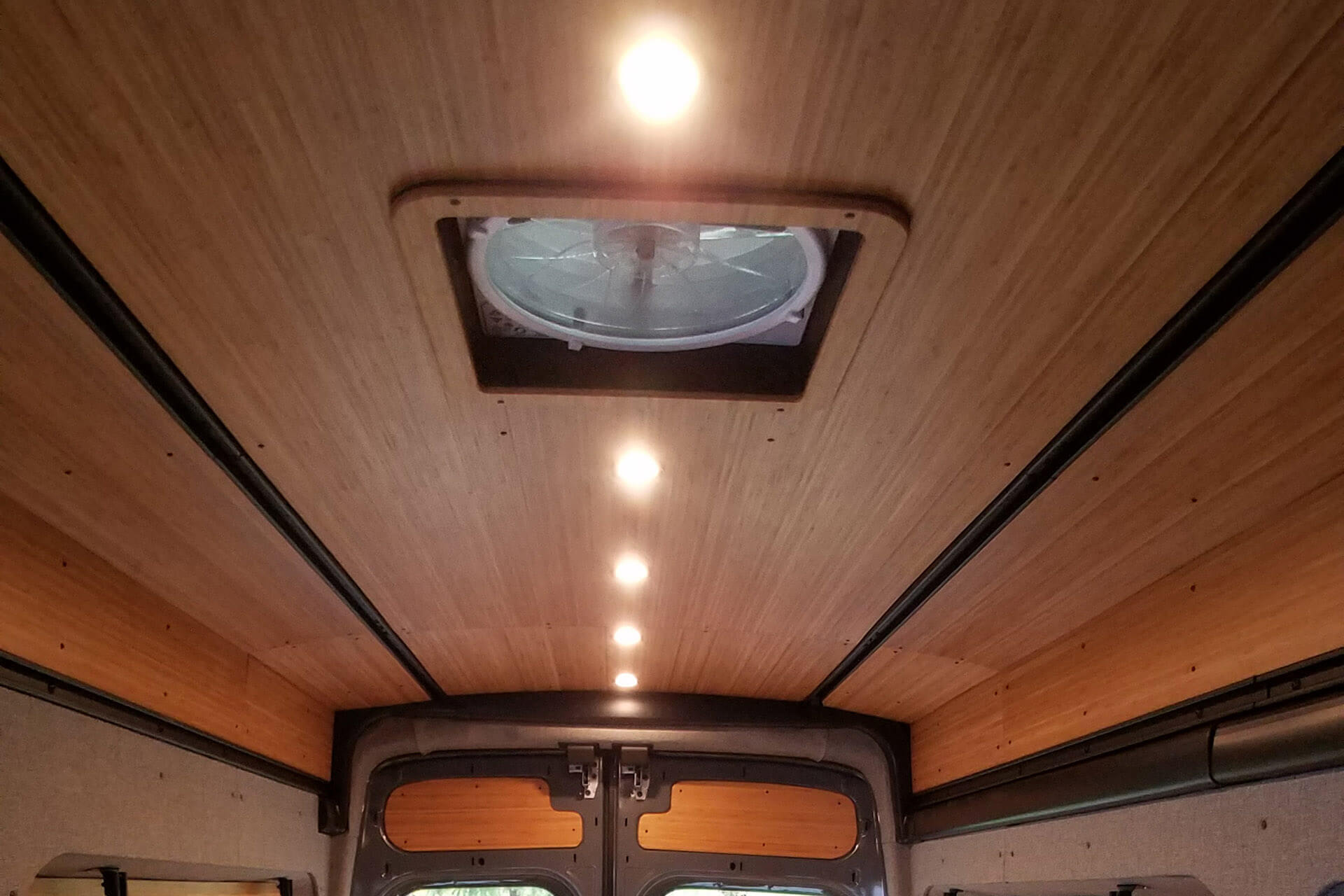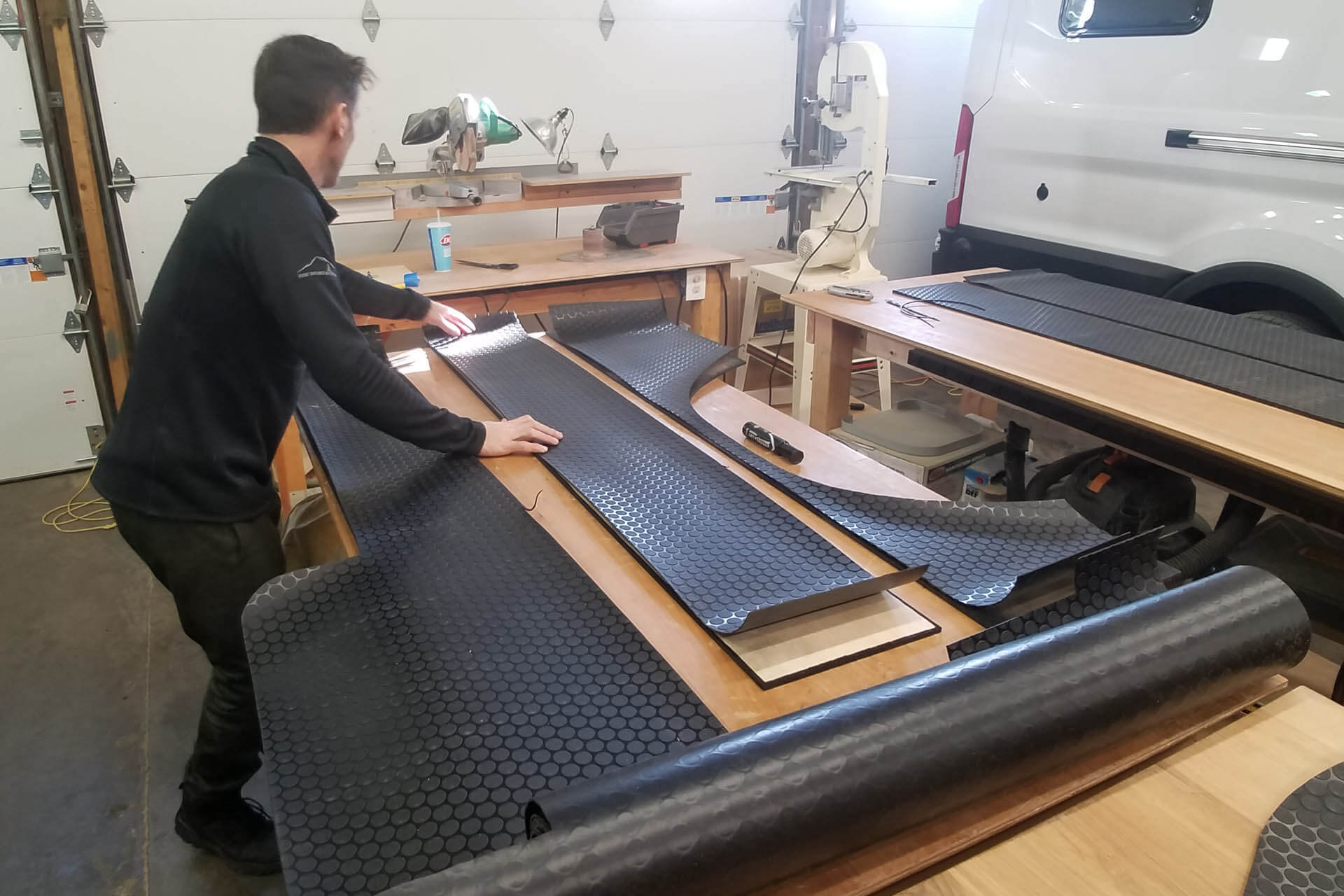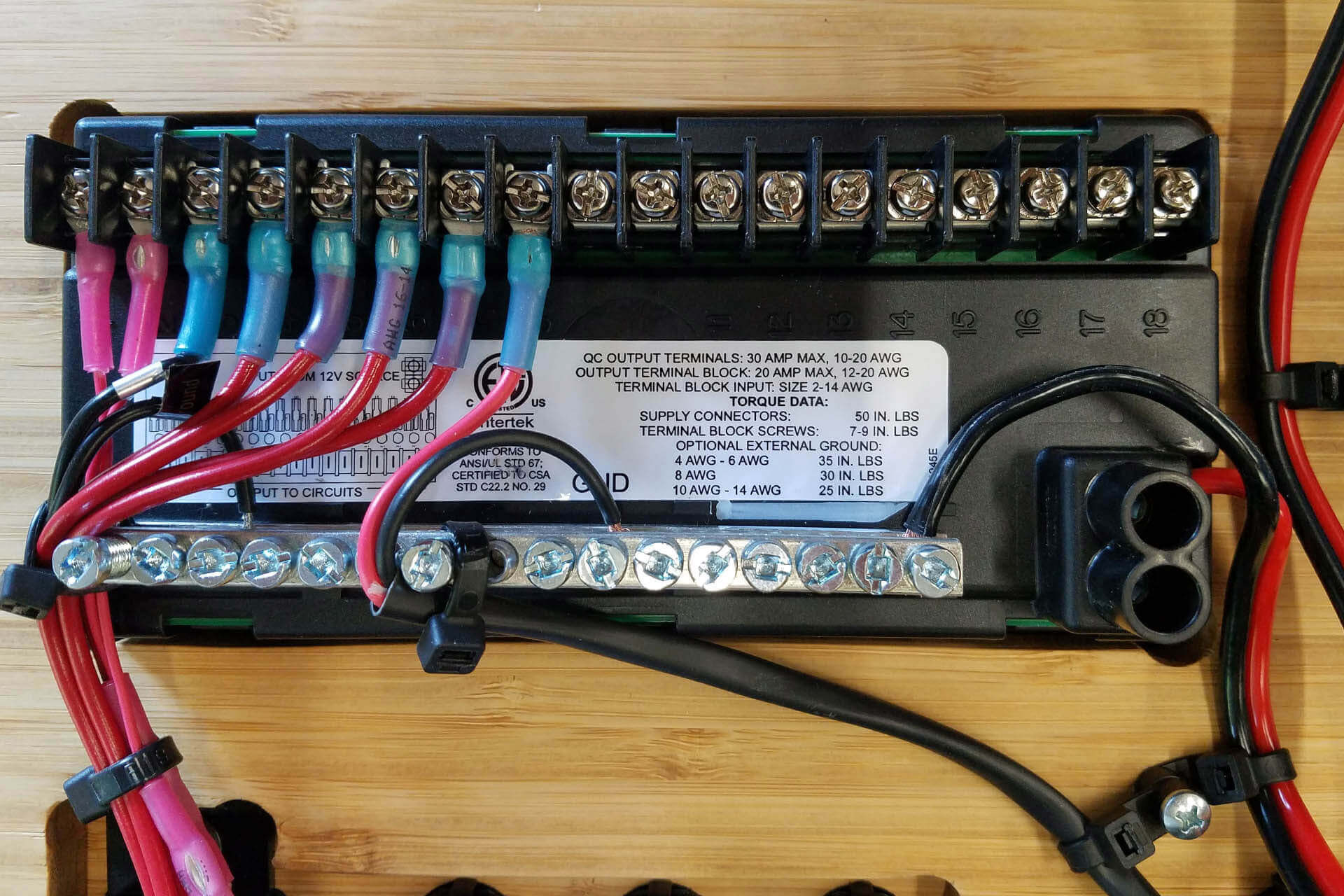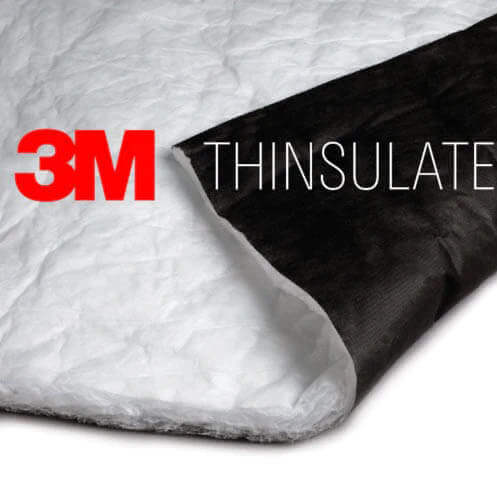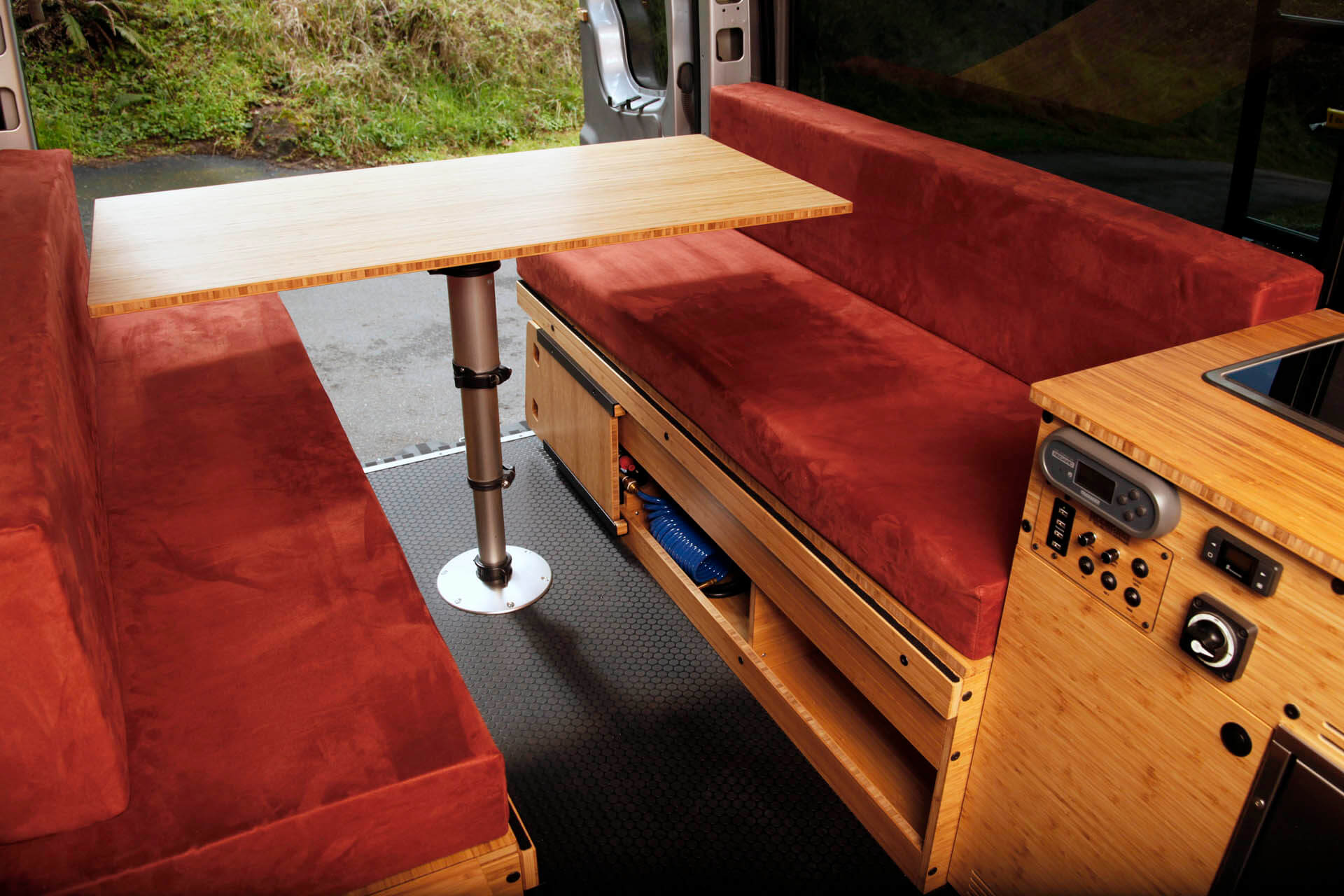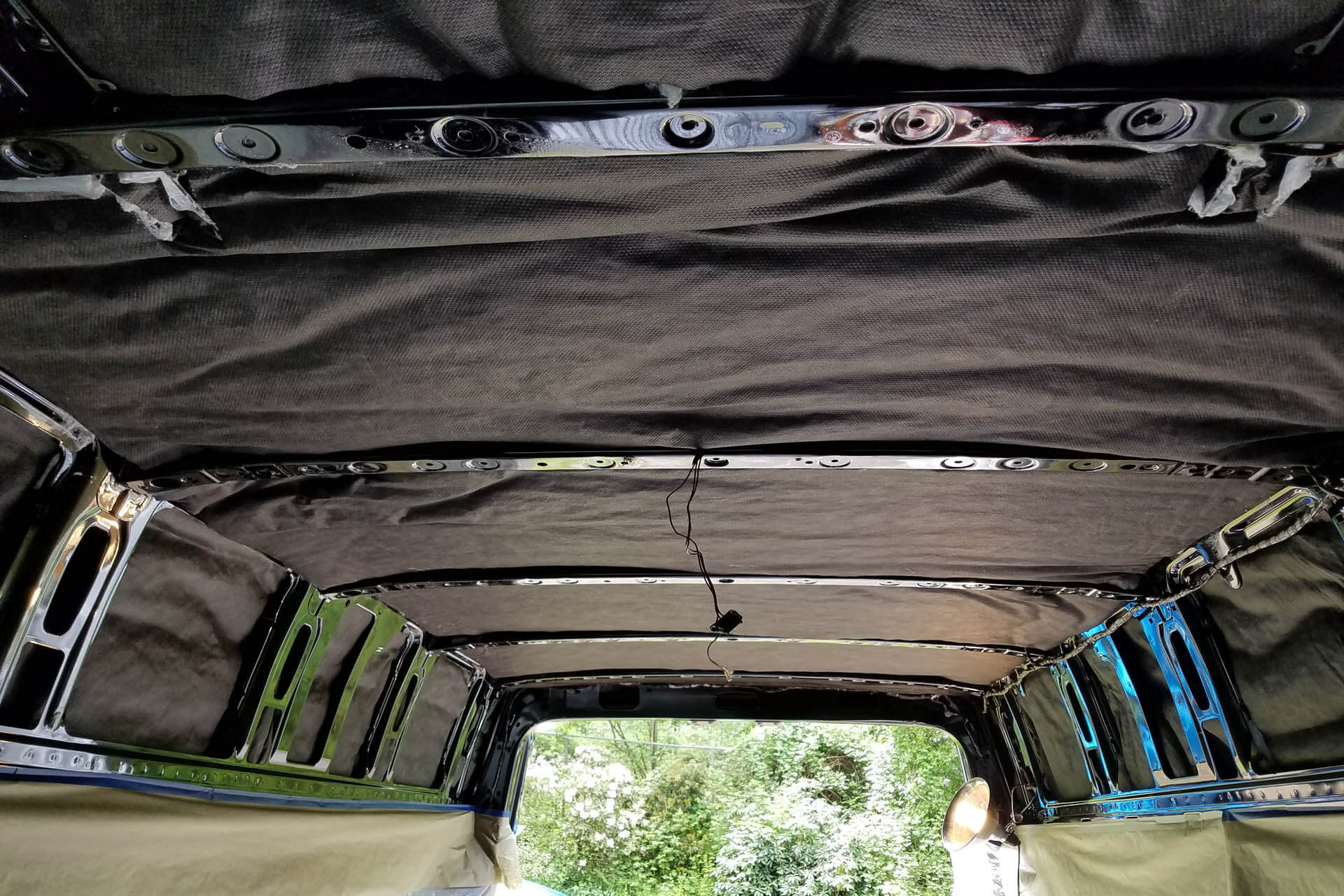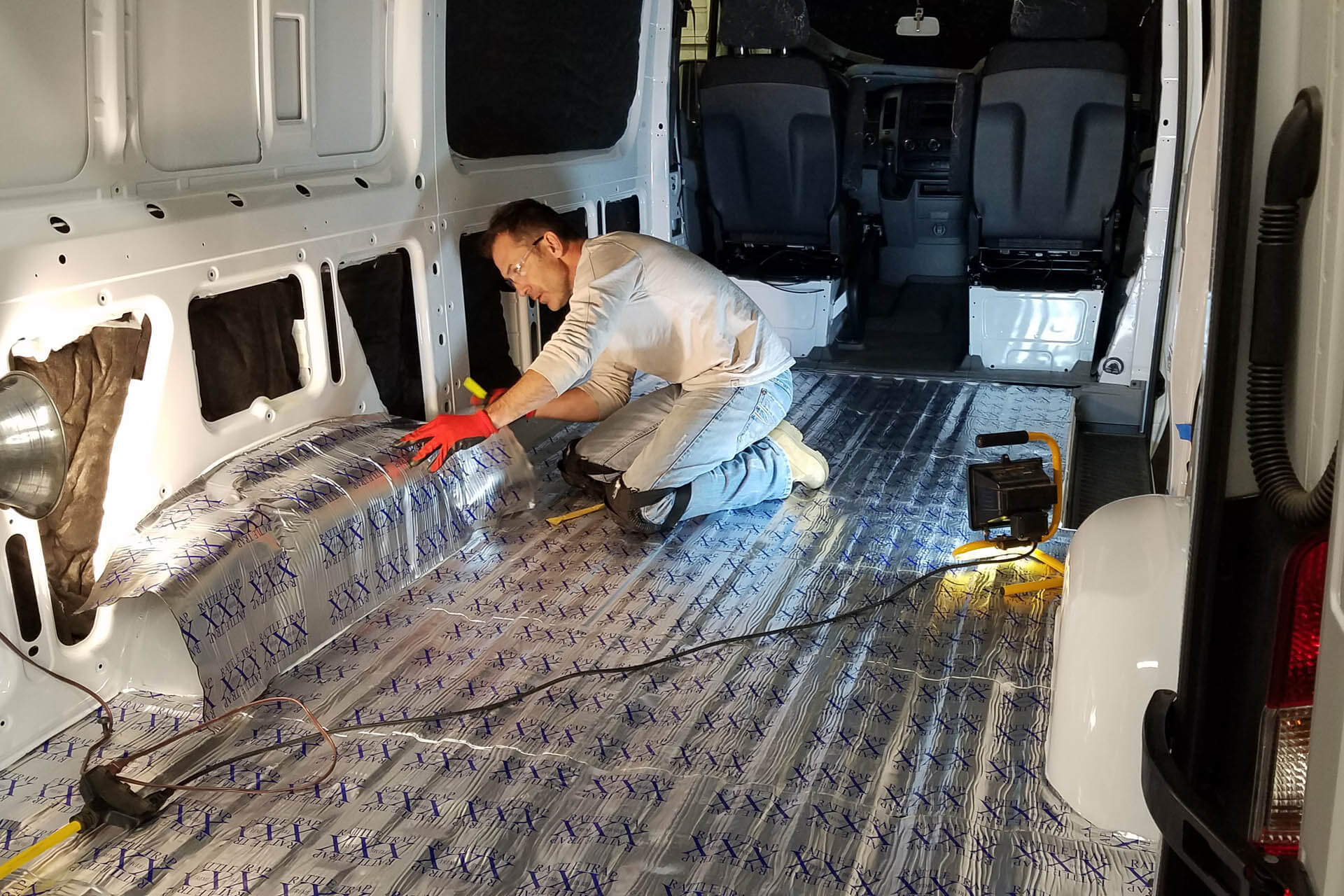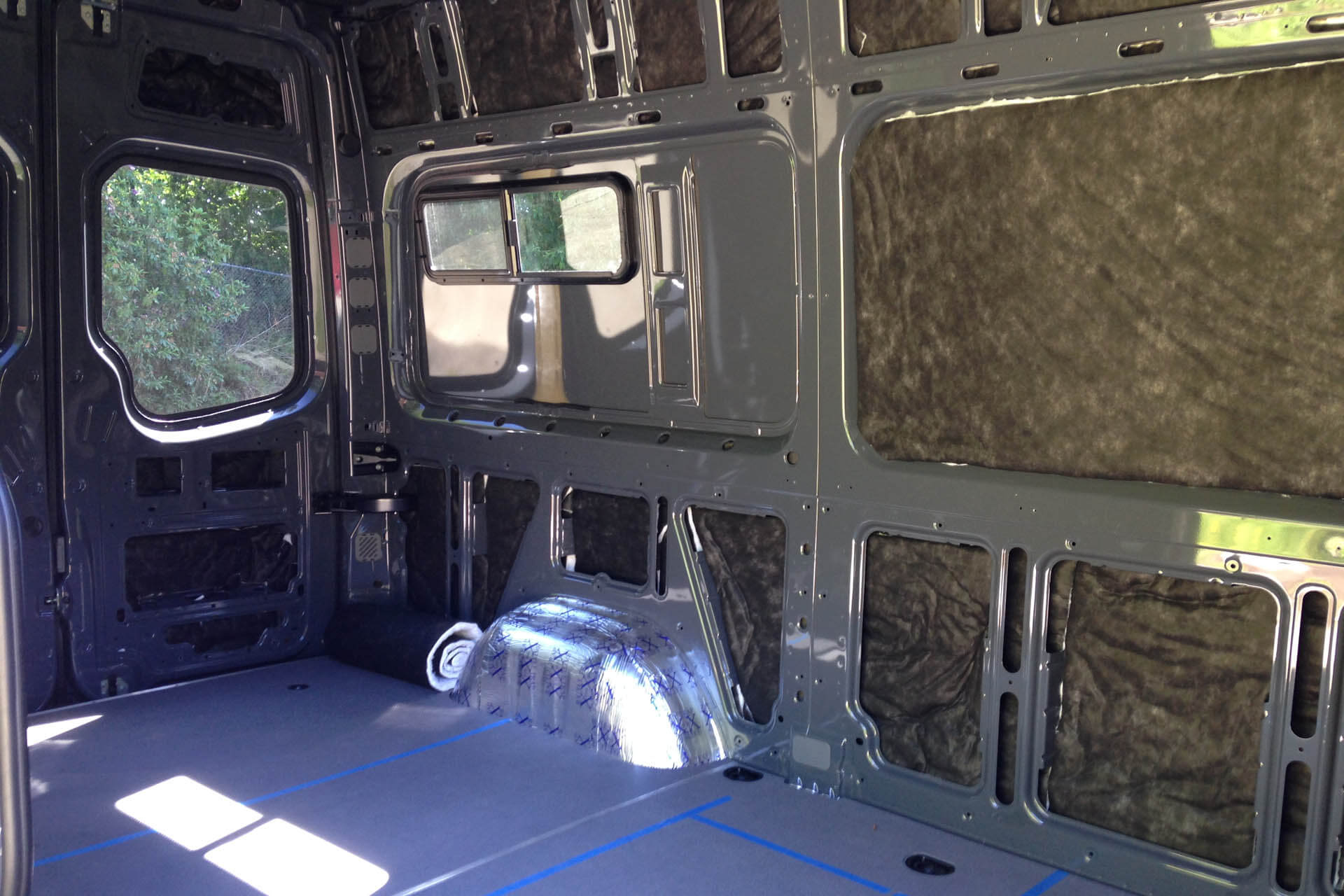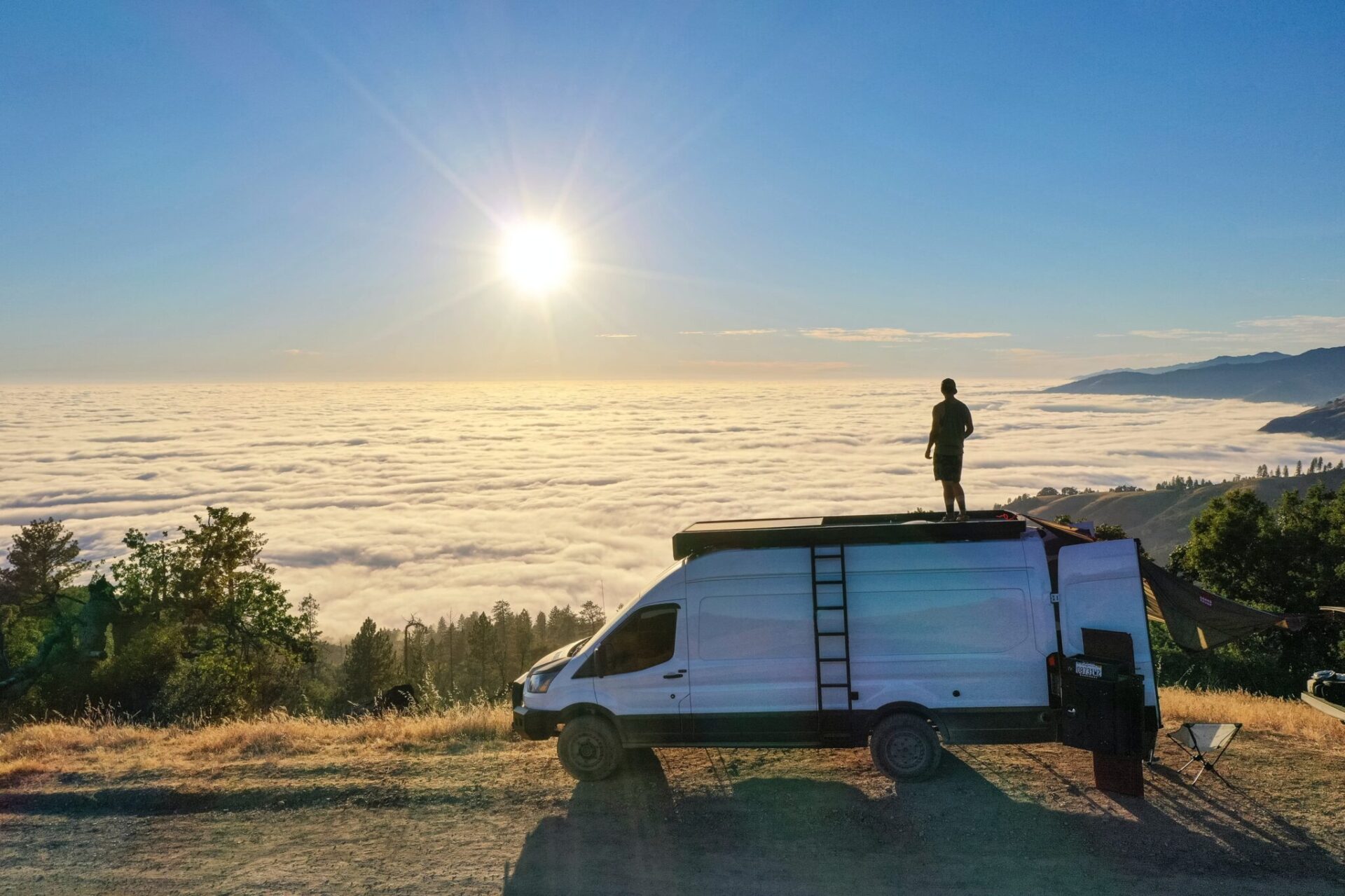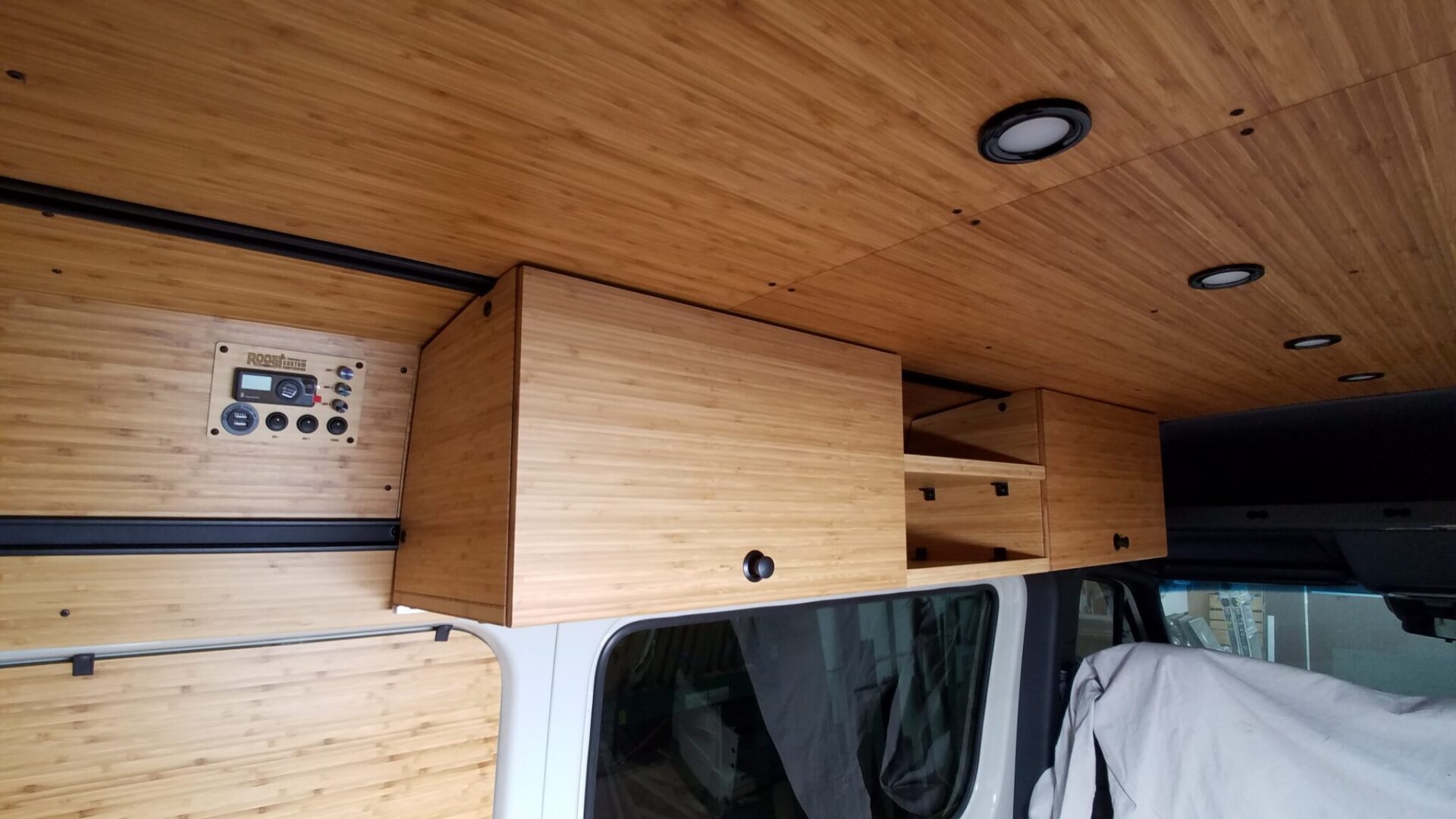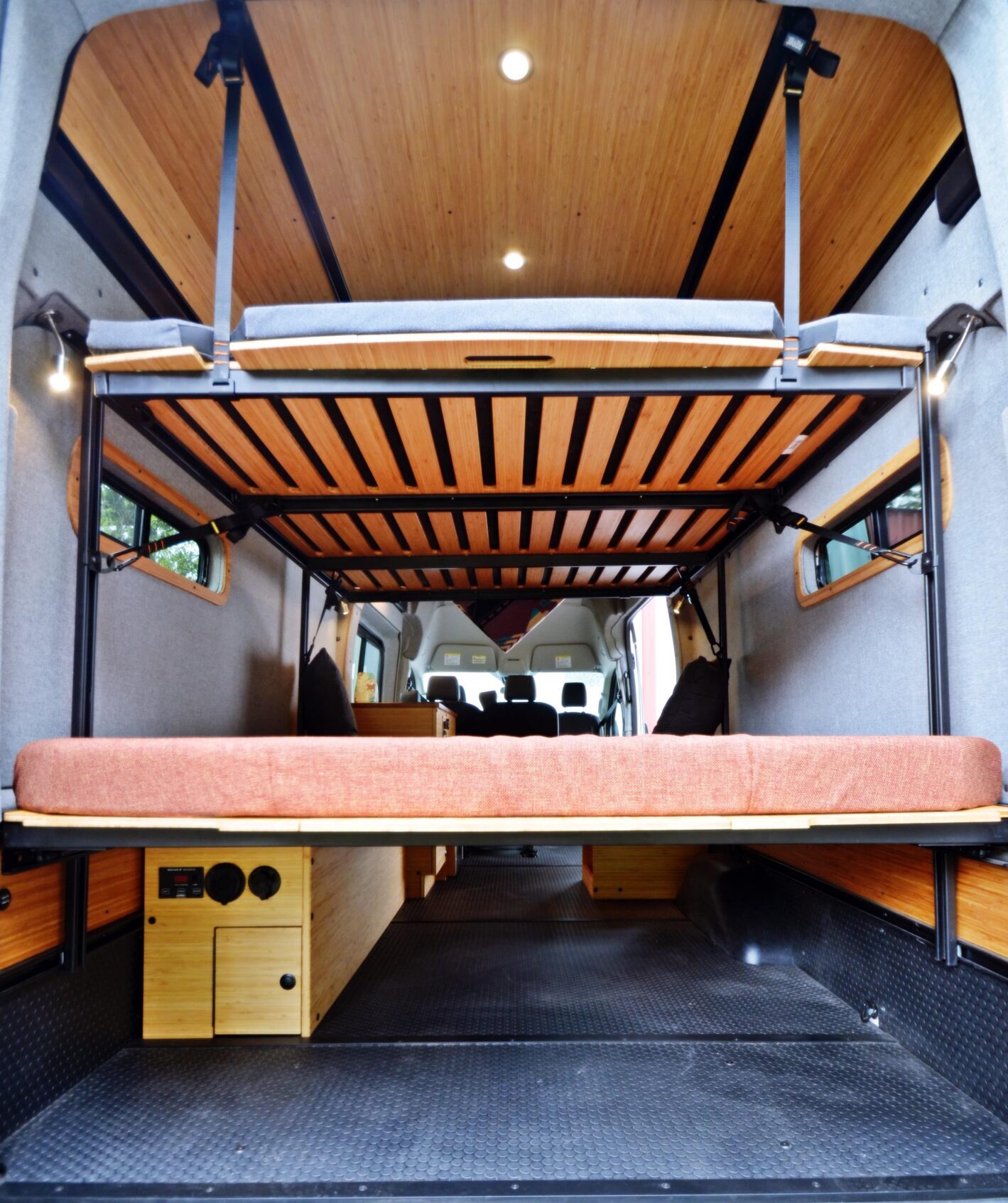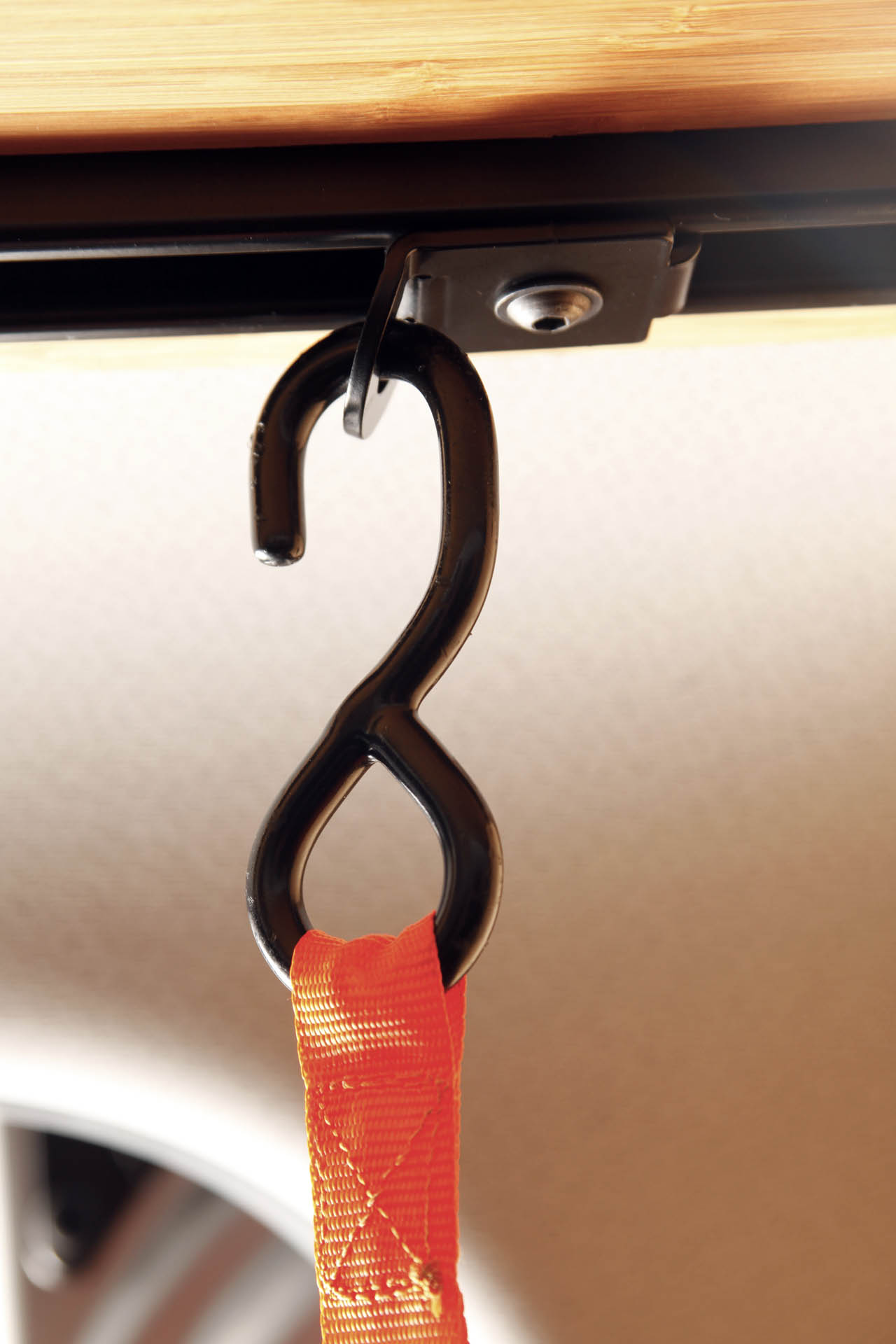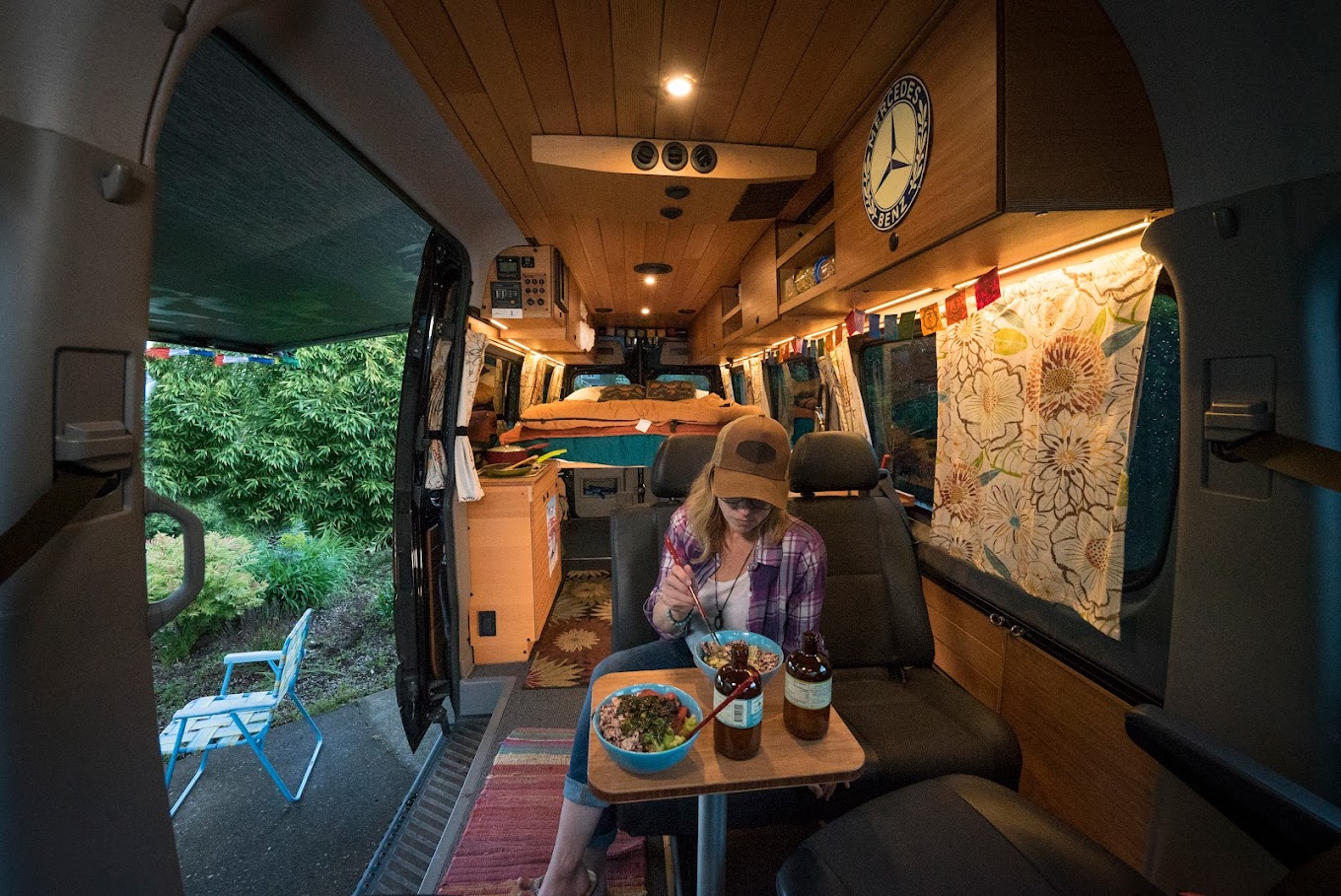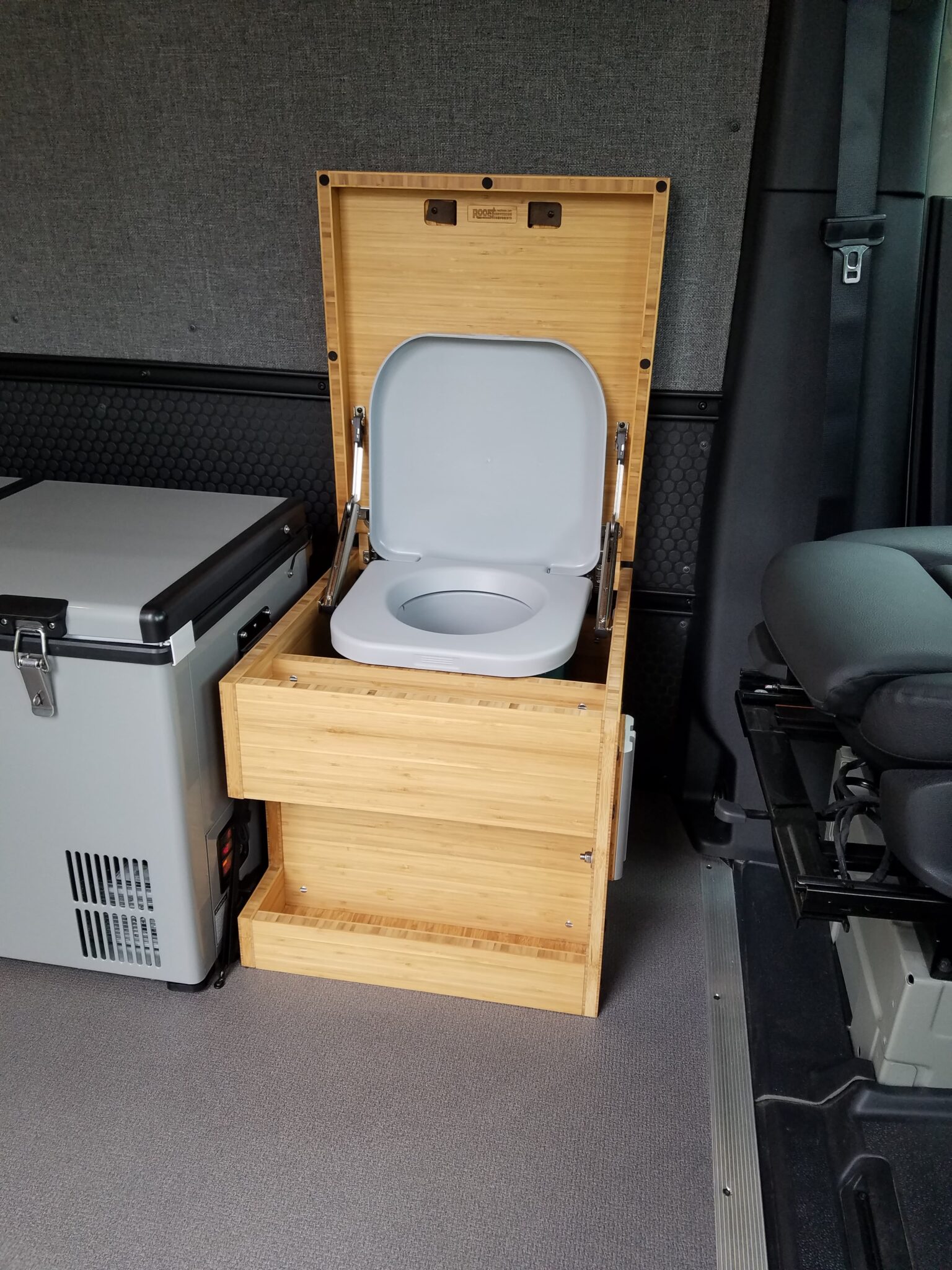Roost Vans Webinars: Your New Resource for DIY Van Builders and Enthusiasts
Roost Vans is excited to announce the launch of our monthly webinars, designed to support both DIY van builders and those considering van conversion. Whether you’re looking to convert a van yourself, hire a professional, or take a hybrid approach, our webinars will provide valuable insights and guidance.
Kicking Off the Webinars
In September 2024, we hosted our first webinar, “Your Guide to Choosing the Right Van,” and the response was overwhelmingly positive. Participants learned the key differences between popular van models—Transit, Sprinter, and Promaster—and explored important considerations such as new vs. used vans, wheelbase options, as well as specific pitfalls to avoid. The interactive Q&A session allowed participants to ask specific questions, making the session both informative and engaging.
What’s Next?
Our second webinar is set for October 24, 2024, and will focus on “The Build Process: What to Expect and How to Plan for Success.” This session will cover critical aspects of van building, from layout planning and material selection to understanding which parts of the project can be DIY and which may require professional help. Like our first webinar, we will kick the discussion off with a 20–30-minute presentation to get the ball rolling, but the “meat” of these webinars is the Q&A, where we engage directly with your questions. For this reason, we offer limited, advance registration. Attendance is free, but we encourage advanced registration to ensure your spot!
These webinars are designed to break down complex topics into clear, actionable steps, so you can make informed decisions for your van build. Whether you’re just starting or are deep into the process, this upcoming session is a must-attend for anyone serious about van conversions.




More Than Just Webinars: Building a Community
Our webinars are only the beginning. At Roost Vans, we’re building a community. Our long-term plans include a community area on our website, featuring forums where DIY builders and van enthusiasts can connect, share ideas, experiences, and ask questions. Our goal is to build a reliable resource hub for DIY van builders and those exploring the van life, with a focus on peer-to-peer support as well as offering expert guidance.
In addition to the forums, we’re planning to roll out more video content and detailed tutorials, so you’ll have access to a wealth of information to help you at every stage of your build.
Why Roost Vans?
At Roost Vans, we’ve made it our mission to simplify the van conversion process, and to put your dreams within reach. Our modular products are designed for flexibility, making them ideal for DIYers and professionals alike. By attending our webinars and engaging with our upcoming community resources, you’ll not only gain valuable knowledge but also have the support of a community that shares your passion for van life.
Join Us on October 24th
We invite you to join us for our October 24th webinar, or at any point in the future. This is the perfect opportunity to take your van conversion knowledge to the next level. Register now to reserve your spot and stay tuned as we continue to build a vibrant, supportive community for van enthusiasts everywhere.























